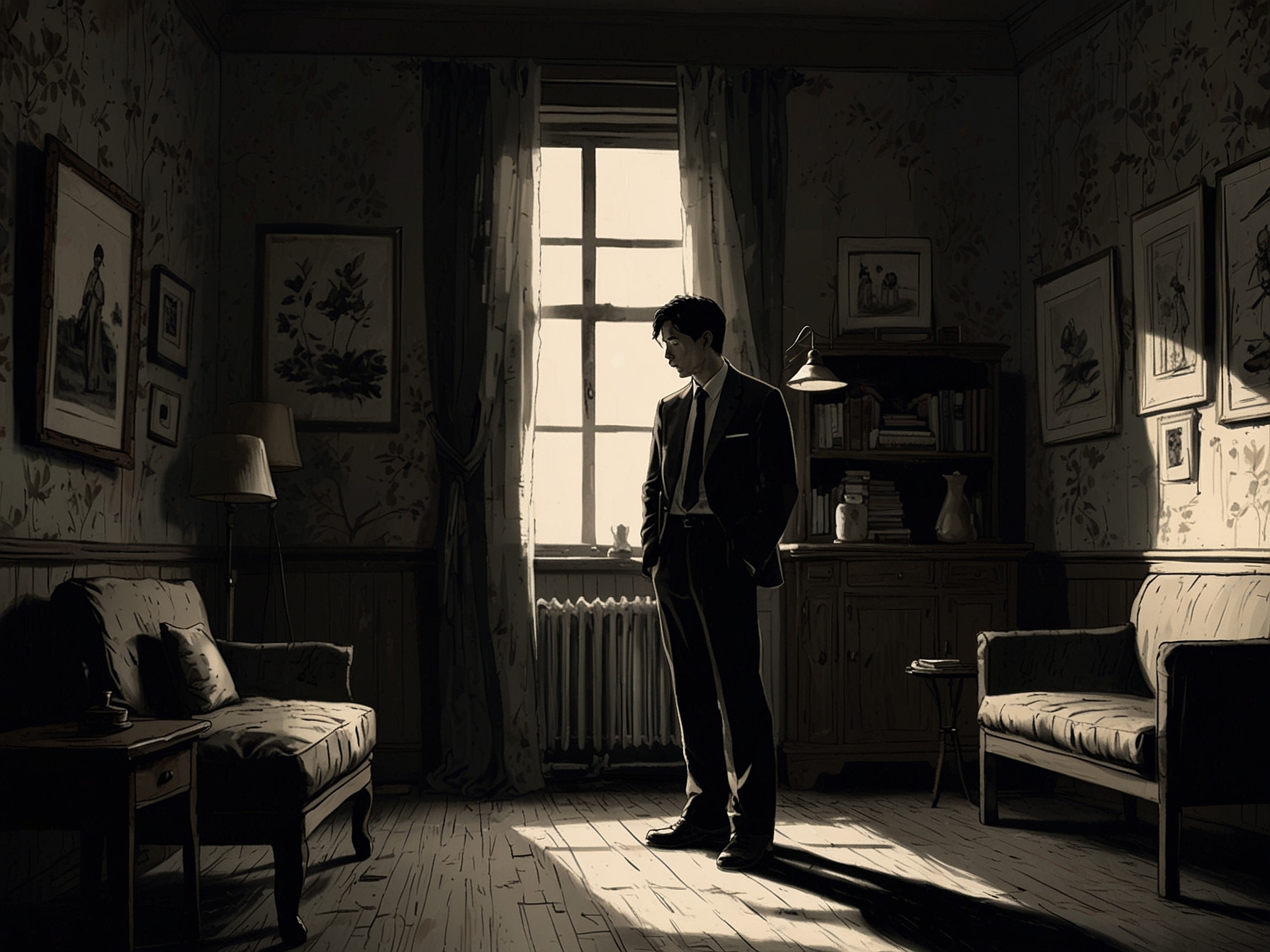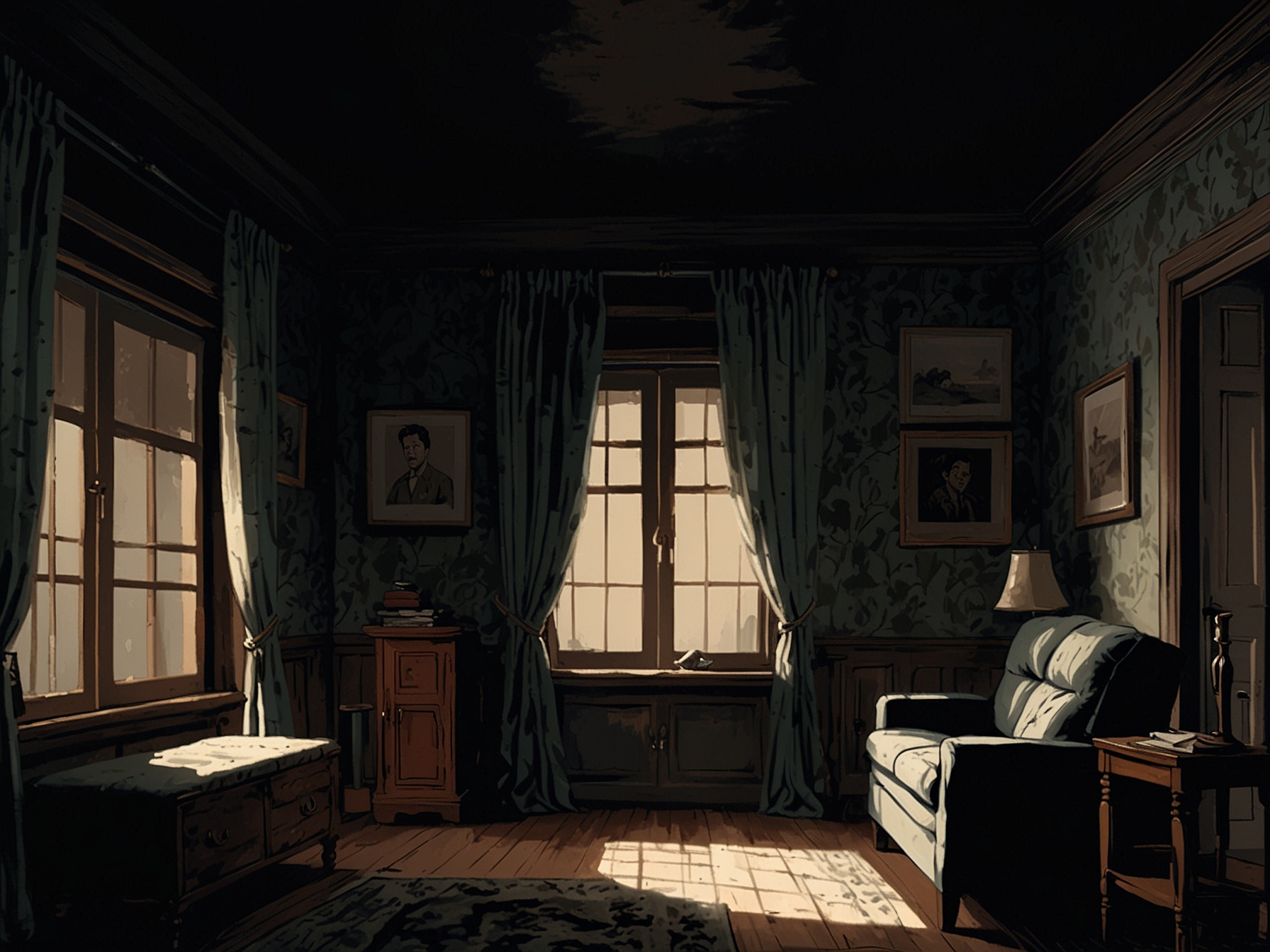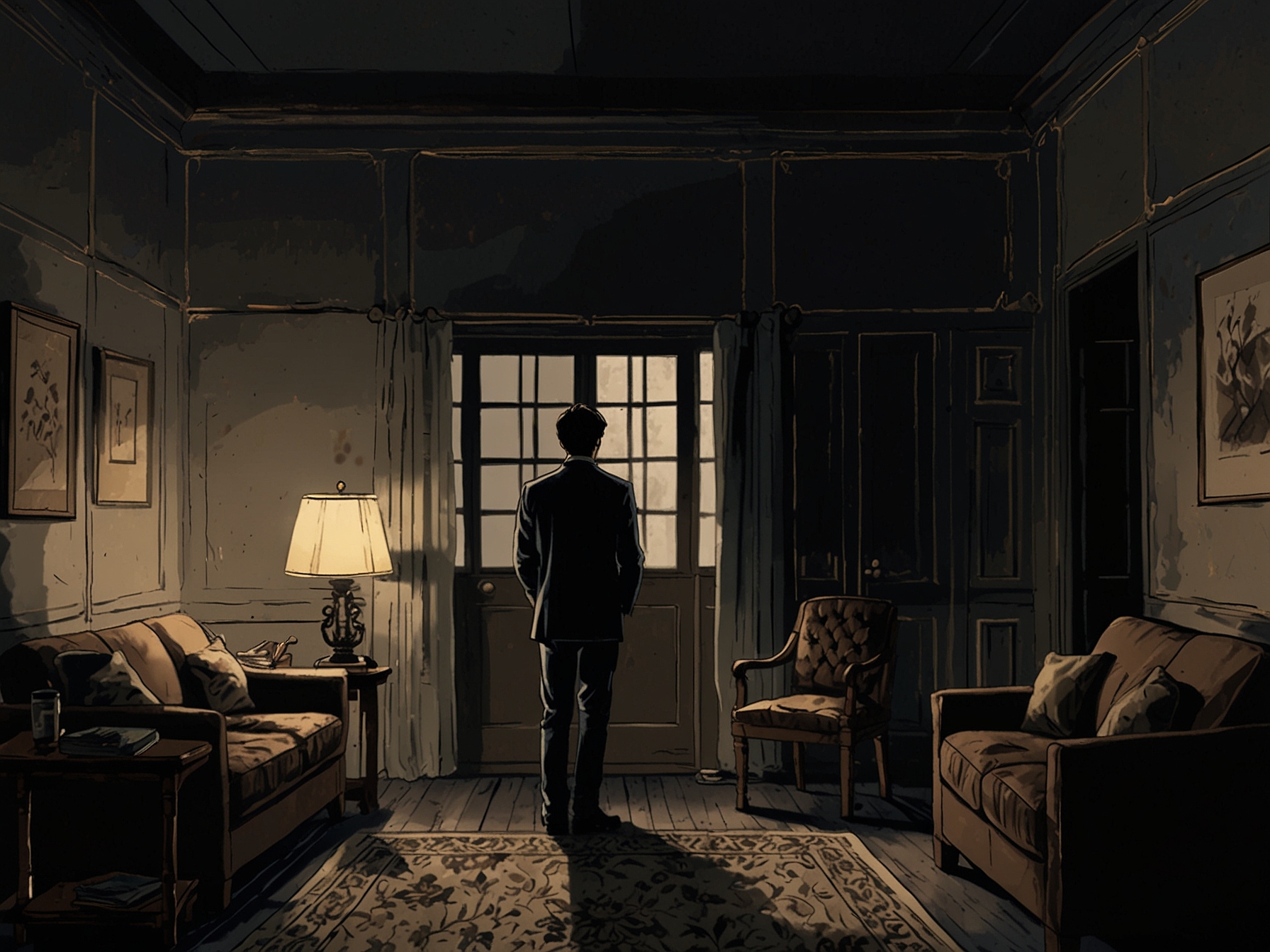In recent years, K-dramas have captivated audiences worldwide. But what makes them truly stand out? For many viewers, it’s the complex narratives and deep emotional resonance. ‘The Trunk,’ Netflix’s latest hit, embodies these qualities and more. So, what can we learn from its success?
Also read
- From Rags to Riches: The Daring Journey of ‘Lucky Baskhar’
- Hailee Steinfeld and Josh Allen: An Engagement to Remember!
The series masterfully explores themes of emotional trauma, manipulation, and the intricate web of human relationships. It’s based on Kim Ryeo-ryeong’s acclaimed novel, and it boasts striking visual storytelling. The emotional stakes are high for the characters, particularly Han Jeong-won, played by Gong Yoo. But what resonates more—his personal journey or the haunting symbolism in the series?

As a viewer, you might connect with Jeong-won’s pain. The story pulls the audience into his world, where every choice feels heavy with consequence. His contract marriage with the enigmatic Noh In-ji raises questions about love and obligation. Do you ever find yourself in situations where love feels more like a transaction than an emotion?
As you dive deeper into the narrative, the trunk becomes a metaphor for emotional baggage. Characters are trapped by their pasts, much like Jeong-won struggles with his shattered marriage and toxic relationships. The trunk looms, often unseen but ever-present, a reminder of repressed memories. It hits home, doesn’t it? How many of us carry around unseen burdens?
Visually, ‘The Trunk’ captivates its audience. Director Kim Kyu-tae uses light and shadow to evoke a feeling of claustrophobia. The dark, intimate spaces serve as a backdrop for the characters’ emotional turmoil. Have you ever watched a show where the visuals spoke as loudly as the dialogue?

Gong Yoo’s performance is remarkable. He navigates the complex emotional landscape with raw honesty. You see a man torn between love and despair. Yet, there’s a glimmer of hope in Jeong-won’s character arc. How does hope manifest in our own lives amidst pain?
Noh In-ji, played by Seo Hyun-jin, adds another layer of emotional depth. Initially, she appears detached. But as her character unfolds, viewers uncover her vulnerabilities. She embodies resilience, yet is shaped by her own struggles. Isn’t it fascinating when characters reflect real-life complexities?
What truly stands out is Jung Yun-ha as Lee Seo-yeon. She brings to life a character who thrives on manipulation. With every scene, her chilling coldness is palpable. Just when one might feel sympathy, Yun-ha flips the script, showcasing Seo-yeon’s inner demons. It begs the question—can we ever fully know someone’s intentions?

The lush cinematography enhances this exploration of emotional turmoil. Inside Jeong-won’s vintage home, viewers can almost feel the echoes of the past. The contrast between darkness and fleeting moments of light symbolizes struggle and potential escape. Are we, too, searching for light in our darkest moments?
The haunting soundtrack is another key element. Composers Choi Seong-Gwon and Kim Ji-soo create an auditory landscape that mirrors Jeong-won’s emotional state. As his world unravels, the music shifts from discordant to melodic. It raises the stakes for viewers. How does sound influence our emotional responses?
Ultimately, ‘The Trunk’ takes viewers on a rollercoaster of emotions. It’s a reminder of the complexities of life, love, and trauma. Each character’s journey prompts us to reflect on our own struggles. Could their stories help us face our hidden truths?
As the series unfolds, it challenges us to confront the emotional baggage we carry. The trunk symbolizes so much more than just a physical object. It encapsulates the very essence of what it means to be human. As we engage with these characters, we find pieces of ourselves reflected in their stories. So, where do we go from here? How can we begin unpacking our own trunks?




